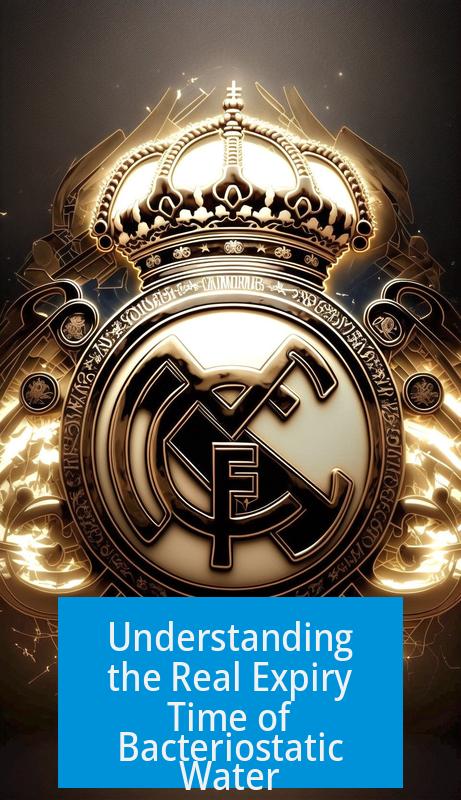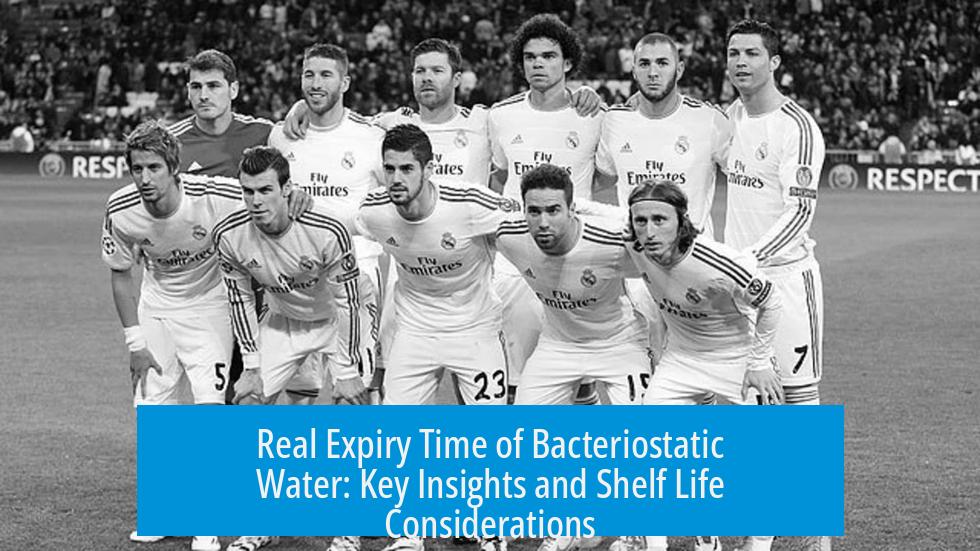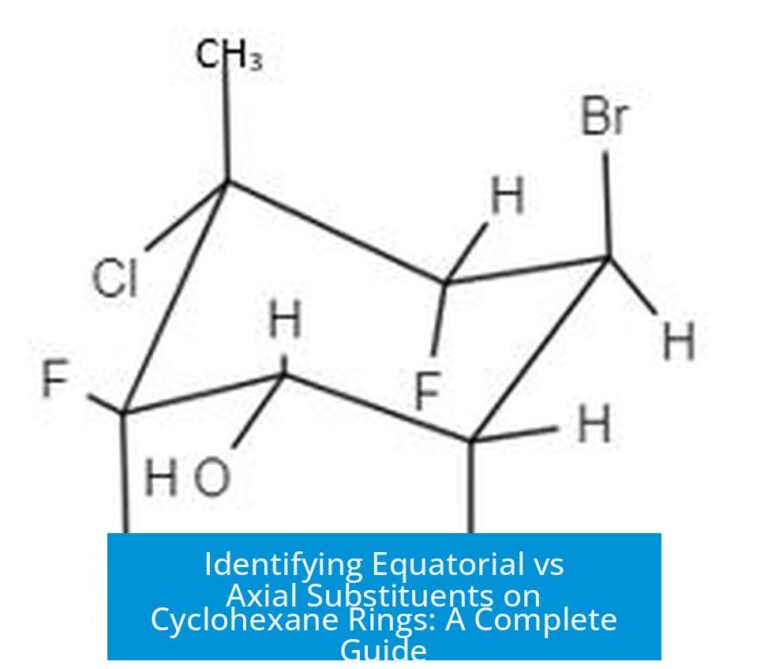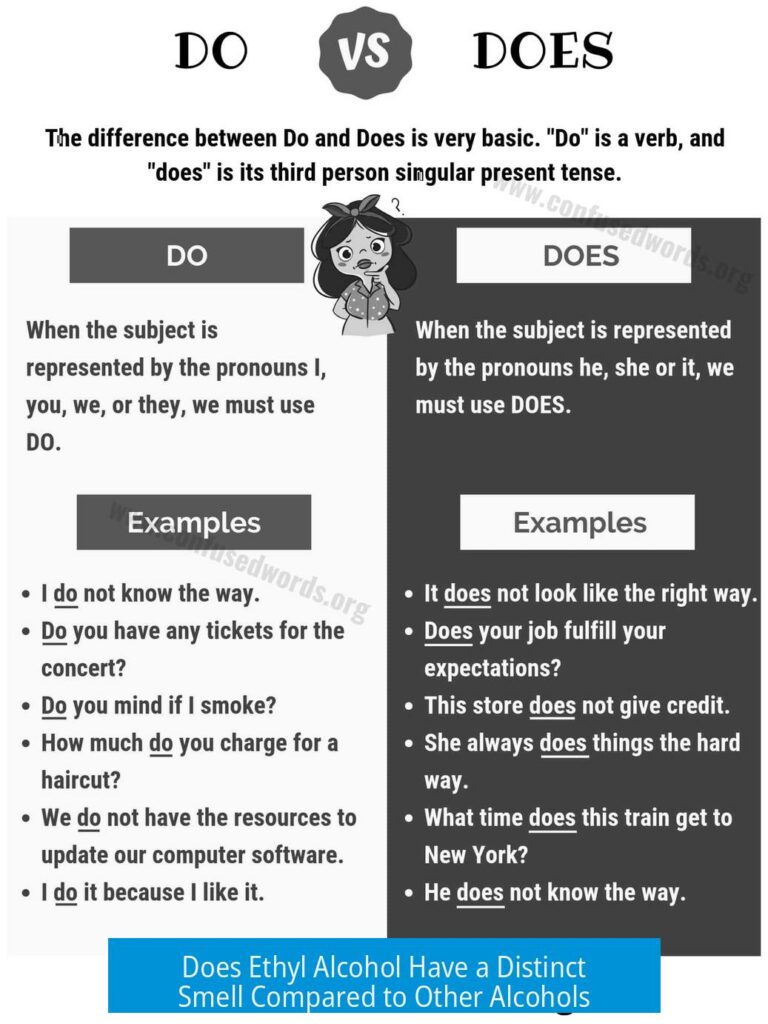Understanding the Real Expiry Time of Bacteriostatic Water

The real expiry time of bacteriostatic water varies significantly depending on usage, storage conditions, and regulatory framework, but in practical terms, it often exceeds the commonly stated 28-30 day shelf life after opening. This article explores official guidelines, user experiences, influencing factors, and common practices related to bacteriostatic water’s expiration.
Common Shelf Life and Regulatory Basis
Pharmaceutical and biomedical guidelines typically assign a 28 to 30-day shelf life to opened bacteriostatic water vials. This period corresponds to regulatory requirements governing stability studies, which must validate the sterility and chemical stability during usage.
- Validated stability studies are necessary for accurate dating but are complex and resource-intensive.
- The 28-30 day limit mainly exists to comply with regulated laboratory protocols.
- Unopened, sealed vials adhere to manufacturer-specified expiration dates, often several years from production.
While these limits ensure consistent quality, they may not reflect the true microbial or chemical stability of the product under less stringent conditions.
Reported Use Beyond Official Expiry
Many users report successfully using bacteriostatic water well beyond the stated expiration or 30-day usage period without apparent adverse effects.
- Instances include using expired vials stored for years in refrigerators without injection site infections or discomfort.
- Some users consume bacteriostatic water for over a year without refrigeration, noting no degradation signs.
- Others extend usage for months, applying basic storage precautions such as sealed plastic bags and protected containers.
These anecdotes suggest bacteriostatic water generally retains sterility and function longer than formal expiration dates imply, assuming acceptable handling and syringe hygiene.
Key Factors Affecting Shelf Life
The actual shelf life varies, heavily influenced by physical and procedural factors:
| Factor | Effect on Shelf Life |
|---|---|
| Number of vial punctures | More punctures increase contamination risk and air exposure, reducing sterility timeframe. |
| Needle gauge size | Using smaller-gauge needles can minimize puncture damage and reduce contamination risk. |
| Exposure to air | Air entering the vial promotes bacterial growth and chemical degradation. |
| Storage temperature | Refrigeration or freezing slows microbial growth and chemical breakdown. |
| Handling hygiene | Proper disinfection and using sterile equipment reduce contamination risks. |
One suggestion to extend shelf life includes briefly aspirating air from the vial before resealing to limit oxygen exposure. However, this practice is uncommon and lacks thorough validation.
Opinions and Practices on Expiry Date Use
Views vary on discarding bacteriostatic water after 30 days. Many users consider disposal at 28-30 days overly cautious or wasteful, especially because:
- The product often shows no visible contamination or injection pain well beyond this timeframe.
- Some practitioners report uninterrupted daily use for up to a year with no reported infections or adverse reactions.
- Others find usage over months or even years at room temperature feasible when observing cleanliness.
Nevertheless, pushing usage beyond official recommendations may incrementally raise contamination risks, especially in non-sterile environments.
Expiry Awareness and Purchasing Behavior
Several users express frustration about the mismatch between bottle volume and recommended post-opening usage period:
- Typical bottle sizes (e.g., 30 ml) contrast with the 28-day discard rule, making it difficult to consume all before expiration.
- The cost of large-volume bacteriostatic water incentivizes prolonged use beyond expiration dates.
- Some choose to purchase smaller quantities to avoid wastage.
This dissonance creates pressure to extend use in ways that may not align precisely with manufacturer or regulatory guidance.
Stability Testing Past Expiry
Some users and researchers seek to analyze bacteriostatic water beyond labeled expiry, aiming to understand chemical degradation and microbial stability better.
- Studies would include comparing expired vials with fresh ones under controlled conditions.
- Indicators would assess bacterial contamination and presence of typical preservatives like benzyl alcohol.
- Results could refine guidelines and usage recommendations.
However, such formal testing is limited, and current recommendations err on the side of caution.
Storage Experience and Anecdotal Observations
User experiences emphasize the importance of respectful storage practices to prolong usability:
- Keeping vials refrigerated in protective containers reduces external contamination and temperature fluctuations.
- Avoiding repeated opening or prolonged exposure to air helps maintain sterility.
- Using alcohol wipes and sterile syringes consistently diminishes infection risk.
Even aged expired bacteriostatic water stored carefully may remain functional without causing adverse effects.
Common Myths and Realities
Conflicting information abounds regarding bacteriostatic water expiry:
- Some believe expired product becomes toxic or ineffective immediately, which lacks comprehensive evidence.
- Others feel the short 28-day post-opening shelf life is arbitrary and unsupported by real-world data.
- Proper sterile technique remains critical, regardless of vial age.
True risks arise primarily from contamination, not from intrinsic chemical instability over moderately extended periods.
Summary of Key Points
- Official shelf life for opened bacteriostatic water typically spans 28-30 days, mandated by regulatory and stability study requirements.
- Many users report safe use far beyond official expiry, extending to months or years, when proper handling is maintained.
- Shelf life decreases with increased punctures, air exposure, and poor storage; refrigeration generally improves longevity.
- Contamination risk arises primarily from vial punctures and unsterile handling, rather than chemical degradation of the water itself.
- Large bottle sizes conflict with recommended short post-opening use, often motivating users to extend usage.
- Testing beyond expiry is limited; more research is needed to confidently redefine actual expiration limits.
Understanding the real expiry time of bacteriostatic water requires balancing regulatory standards, scientific stability data, and practical user experience. Careful storage and handling remain paramount to ensuring safety and efficacy beyond official expiry dates.





Leave a Comment